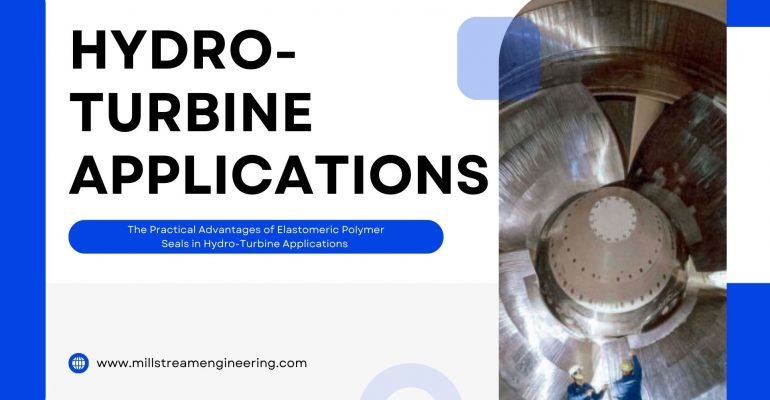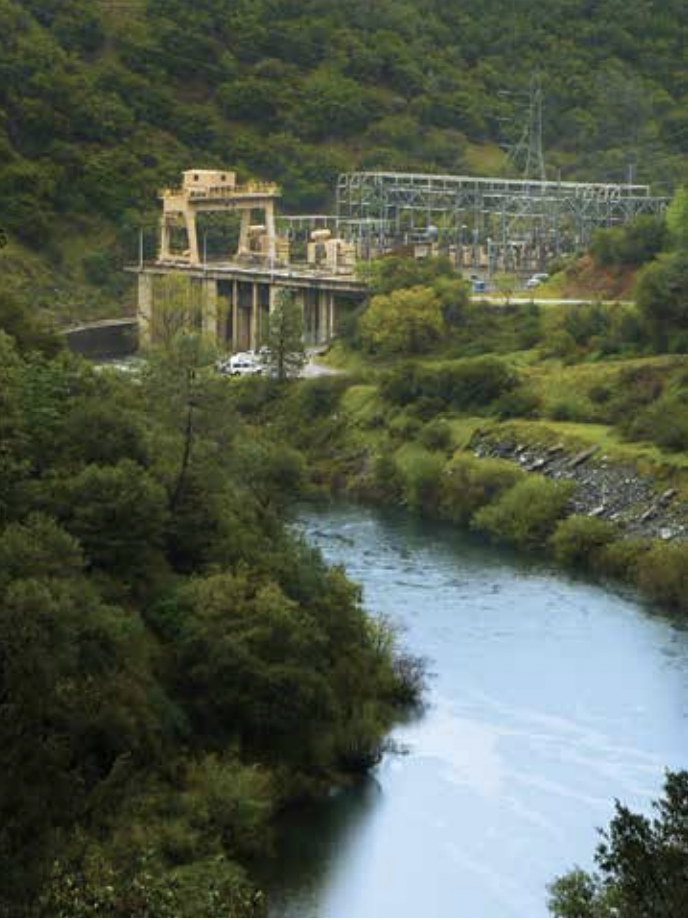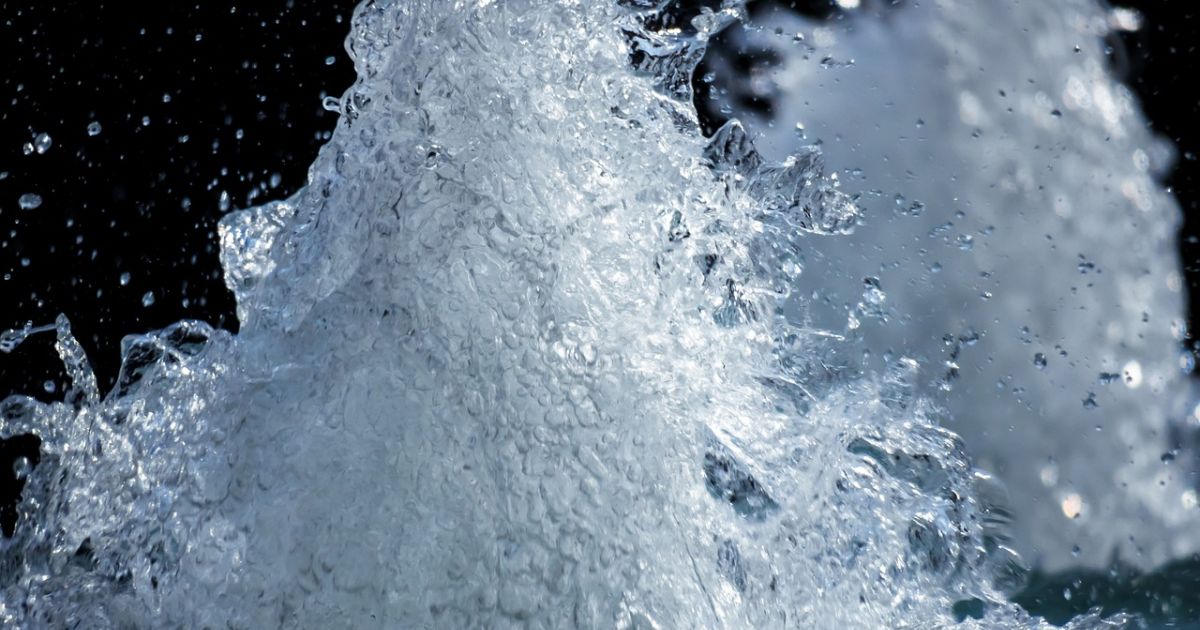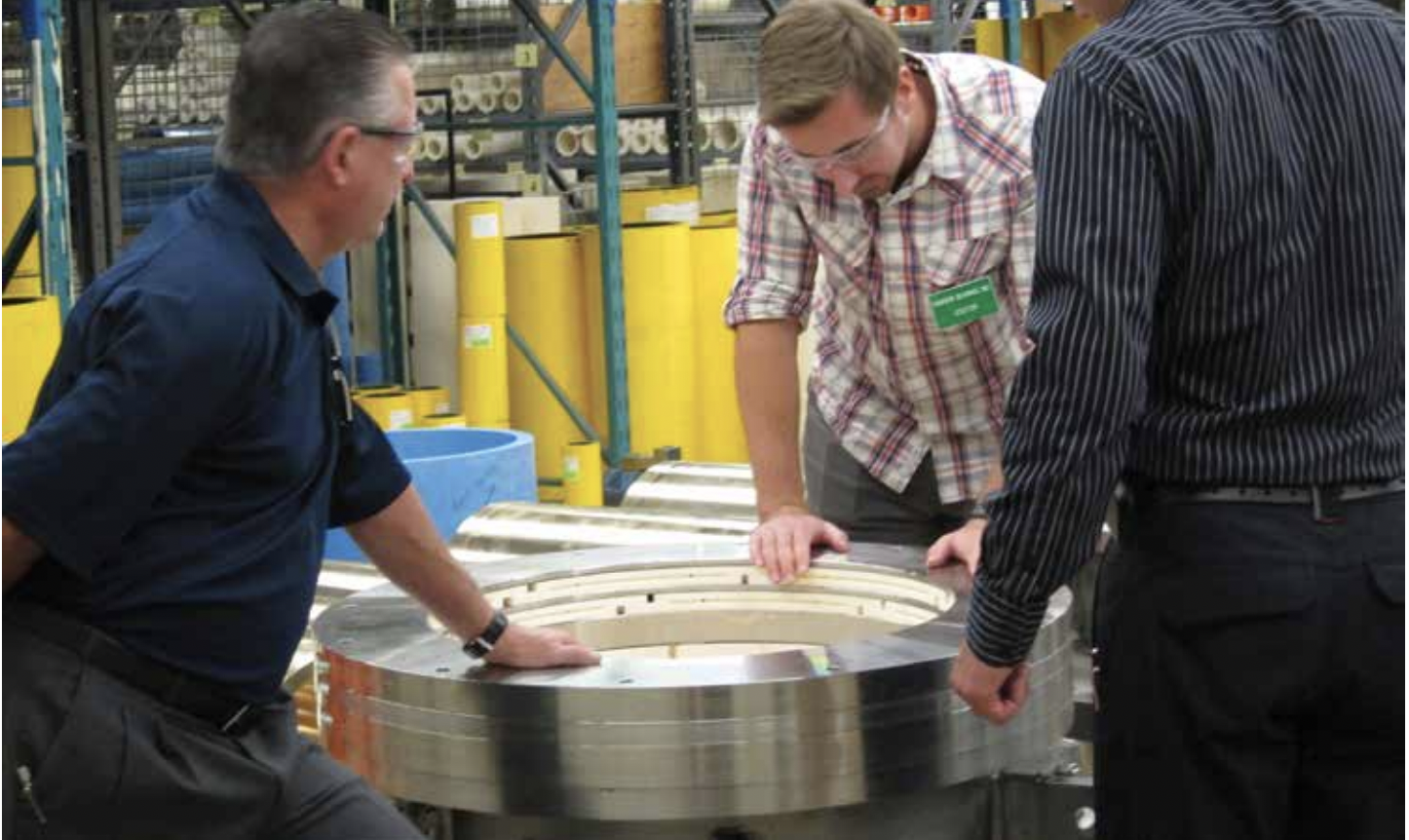The Practical Advantages of Elastomeric Polymer Seals in Hydro-Turbine Applications

The Practical Advantages of Elastomeric Polymer Seals in Hydro-Turbine Applications
Introduction to Elastomeric Polymer Seals for Hydro-Turbines

Why Choose Elastomeric Polymer Seals Over Carbon Seals?


Working Principle of Axial Polymer Seals

Design Challenges and Considerations
Case Study: Successful Retrofitting with Thordon SXL Seals
Conclusion
Elastomeric polymer seals, particularly those made from Thordon SXL, provide a cost-effective, durable solution for controlling leakage in large hydro-turbines. Their superior abrasion resistance, ease of machining, and ability to handle harsh conditions make them a compelling alternative to traditional carbon seals. As more hydroelectric plants retrofit their turbines with elastomeric polymer seals, the benefits in terms of reduced maintenance, lower leakage rates, and extended service life are becoming increasingly clear.
As we’ve seen, elastomeric polymer seals like Thordon SXL are revolutionizing the way hydro-turbines manage leakage, offering superior durability and cost efficiency compared to traditional materials. If you’re interested in diving deeper into the technical details and performance benefits of these innovative seals, be sure to download our comprehensive white paper on hydro-turbine axial seals.


